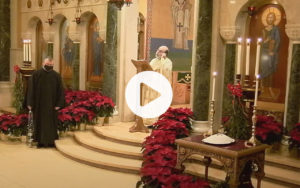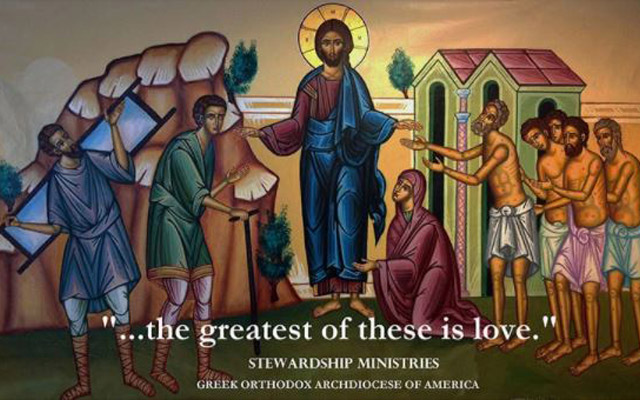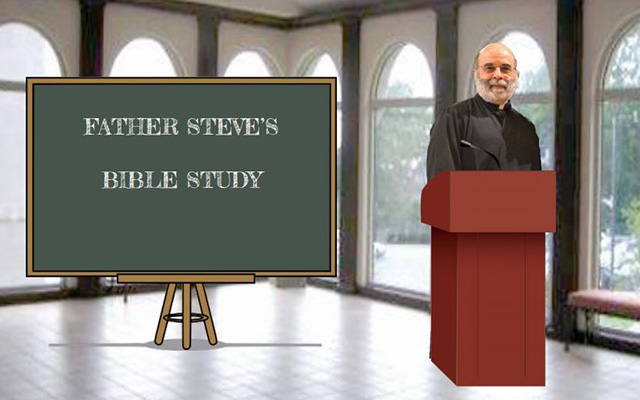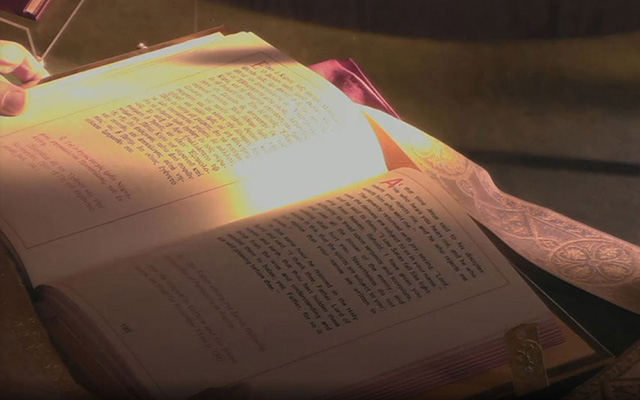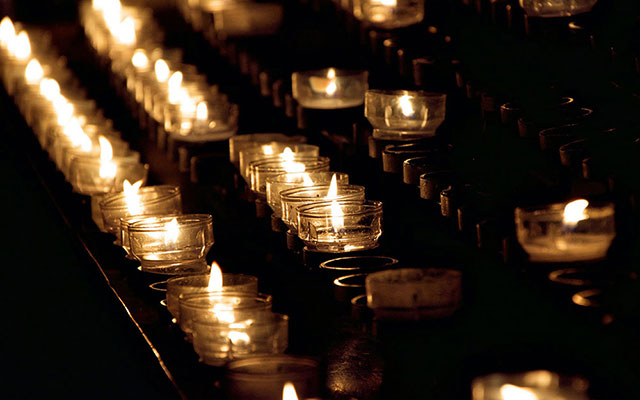Feeling Like a Fool
By Fr. Stephen Freeman, February 17, 2016 No one wants to feel like a fool. When it happens, our faces flush, we turn our eyes away (usually towards the ground). We usually want to hide or disappear, and, just as likely the burn in our face quickly passes to the hot burn of anger. Often what follows are words or actions we regret later. Having felt like a fool, we often act like one, unable


